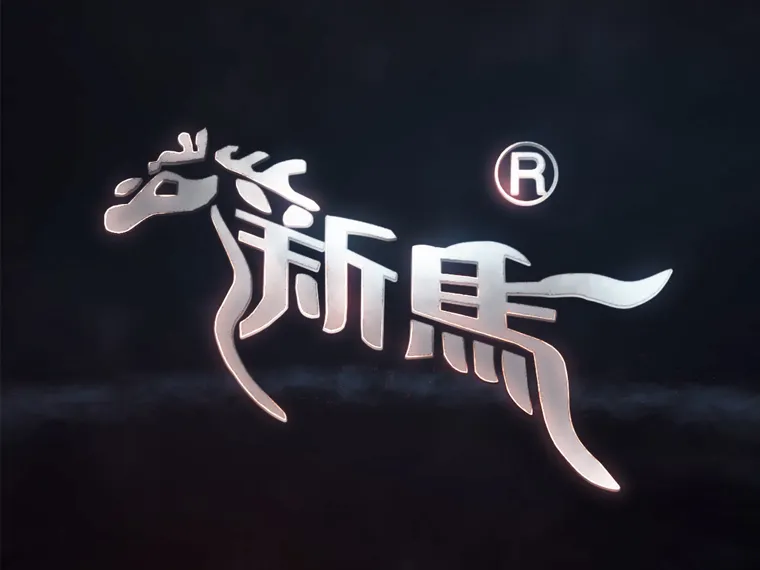Bei der Auswahl der geeigneten Mahlkugeln für eine Kugelmühle sollten mehrere Faktoren berücksichtigt werden, um eine optimale Mahlleistung sicherzustellen.
Materialauswahl
- Materialeigenschaften berücksichtigen: Das Material der Mahlkugeln sollte auf Grundlage der Dichte, Härte und chemischen Eigenschaften des zu mahlenden Materials ausgewählt werden. Im Allgemeinen sollten Dichte und Härte der Mahlkugeln größer sein als die des Materials, um ein effektives Mahlen zu gewährleisten.
- Verschleißfestigkeit und Zähigkeit: Mahlkugeln mit hoher Härte(z. B. Kugeln aus hochchromhaltigem Stahl oder legiertem Stahl) bieten eine gute Verschleißfestigkeit und eignen sich daher zum Mahlen härterer Materialien. Gleichzeitig sollten die Mahlkugeln eine gute Schlagzähigkeit aufweisen, um ein Brechen bei hohen Aufprallkräften zu verhindern.
- Chemische Stabilität: Wenn das zu mahlende Material korrosiv ist (z. B. saure oder alkalische Materialien), sollten Mahlkugeln mit guter chemischer Stabilität, wie Edelstahlkugeln oder Keramikkugeln, ausgewählt werden.
Vergleich von Mahlkugelmaterialien
|
Material |
Dichte (g/cm³) |
Härte (Mohs) |
Geeignete Anwendungen |
Kosten |
|
Chromstahl |
7.6-7.8 |
7-8 |
Bergbau, Zement (Grobmahlung) |
Niedrig |
|
Zirkonoxid |
6.0-6.1 |
9 |
Elektronikkeramik, Lithiumbatterien (umweltfreundliche Feinmahlung) |
Hoch |
|
Aluminiumoxid |
3.6-3.9 |
9 |
Farben, Lasuren (korrosionsbeständig) |
Medium |
|
Siliziumkarbid |
3.2 |
9.5 |
Hartstoffe (z. B. Wolframkarbid) |
Sehr hoch |
|
Glas/Achat |
2.5-2.7 |
6-7 |
Labore (zur Vermeidung von Metallkontaminationen) |
Niedrig |
Größenauswahl
- Wählen Sie entsprechend der gewünschten Mahlpartikelgröße: Größere Mahlkugeln eignen sich für das Grobmahlen, da sie eine höhere Schlagkraft haben und große Materialbrocken effektiv zerkleinern können. Kleinere Mahlkugeln eignen sich besser für das Feinmahlen, da sie die Kontaktfläche mit dem Material vergrößern und so die Mahlpräzision verbessern.
- Kugelgrößenverhältnis: Für eine bessere Mahlleistung werden üblicherweise Mahlkugeln unterschiedlicher Größe benötigt. In industriellen Kugelmühlen beispielsweise ergeben große Kugeln (z. B. Φ120 mm und Φ100 mm) 30%–40%, mittlere Kugeln (z. B. Φ80 mm) 30%–40% und kleine Kugeln (z. B. Φ60 mm und Φ40 mm) 30%.
Härte der Mahlkörper
Mahlkugeln mit höherer Härte können das Material effektiver zerkleinern, allerdings sollte auch der Verschleiß der Mühle berücksichtigt werden. Wenn Material und Konfiguration der Mühle den Mahlkugeln mit hoher Härte nicht standhalten, beschleunigt sich der Verschleiß der Mühle.
Mahlkörperdichte
- Mahlkugeln mit hoher Dichte Erhöhen Sie die Schleifleistung, was zur Verbesserung der Schleifeffizienz beiträgt und für härtere Materialien geeignet ist.
- Mahlkugeln mit geringer Dichte eignen sich besser zum Schleifen zerbrechlicher Materialien und zur Reduzierung übermäßigen Verschleißes.
Kugelmühlentyp und Prozessanforderungen
- Wählen Sie je nach Art der Kugelmühle (z. B. vertikale oder horizontale Kugelmühle) den entsprechenden Kugeldurchmesser und das entsprechende Material aus.
- Wählen Sie außerdem die geeigneten Mahlkugeln danach aus, ob es sich um Nass- oder Trockenmahlen handelt.
Wirtschaftlichkeit und Lebensdauer
- Kosten und Preis-Leistungs-Verhältnis: Der Preis von Mahlkugeln variiert je nach Material. Die kostengünstigsten Mahlkugeln sollten je nach Budget ausgewählt werden. Obwohl Hochleistungsmaterialien wie Chromstahlkugeln teurer sind, kann ihre lange Lebensdauer zu niedrigeren langfristigen Kosten führen.
- Wartungs- und Austauschhäufigkeit: Auswahl hochverschleißfeste Mahlkugelnkann die Austauschhäufigkeit reduzieren und so die Wartungskosten senken.
Unter Berücksichtigung der oben genannten Faktoren können die geeigneten Mahlkugeln für die Kugelmühle ausgewählt werden, wodurch die Mahlleistung und -qualität verbessert wird.

